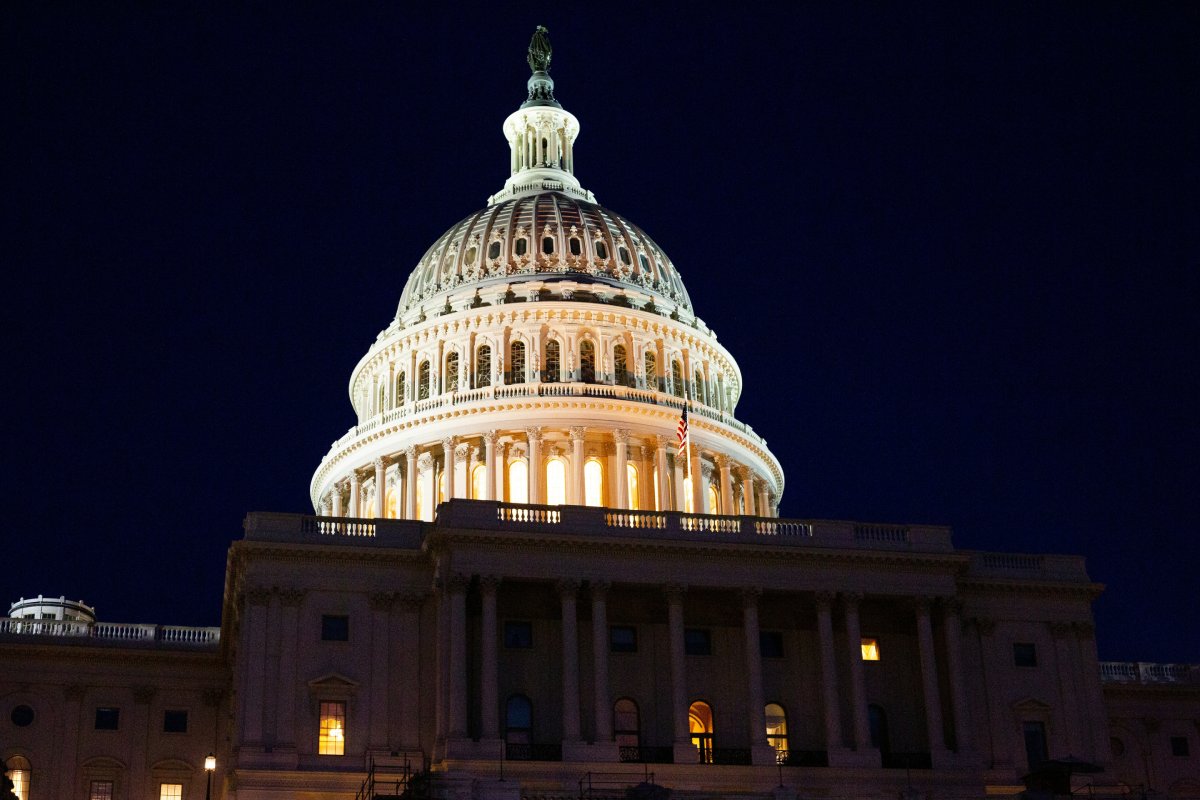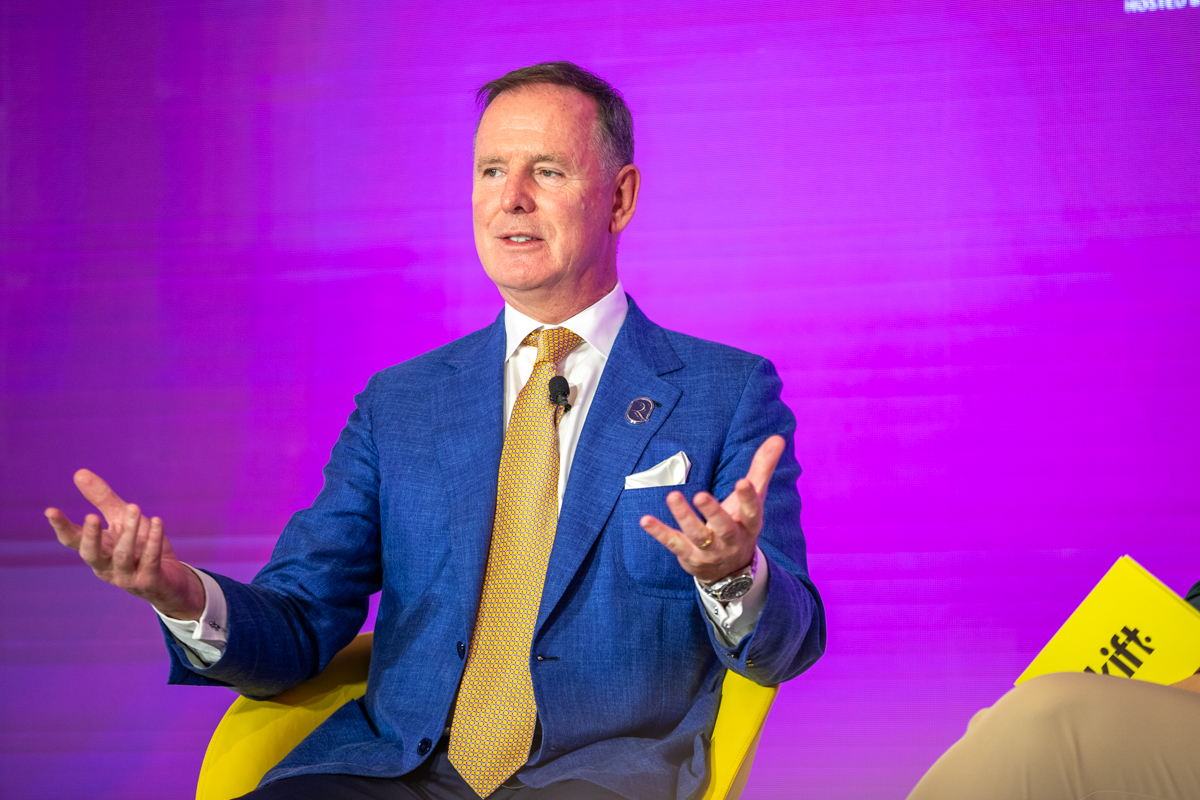The Shifting Strategies of Luxury Duty-Free Retailers

Skift Take
The profits of duty-free airport shops are often impacted by circumstances beyond the retailer’s control. Anything from exchange rate fluctuations to updated weight restrictions on luggage to international politics can have a drastic effect on luxury sales in particular. Then there’s the growing competition from the online world, where luxury discounters are proliferating. What’s a duty-free operator to do to compete?
According to Switzerland-based Dufry, which runs 2,200 duty-free shops in 64 countries, the international duty-free industry is expected to grow to about $67 billion by 2020, from an estimated $45.7 billion in 2016. Dufry forecasts the Asia-Pacific market will experience the greatest growth, with predicted sales in 2020 doubling the numbers seen in 2014.
But for that forecast to come true, Dufry and its ilk have to become smarter retailers in order to keep up with the competition. That's why several duty-free conglomerates are turning to technology.
Hong Kong-based DFS Group, majority owned by multinational luxury goods conglomerate LVMH, is taking advantage of WeChat's new Mini Programs. The service allows businesses to create personalized brand experiences inside China’s largest mobile social communications platform. DFS recently launched its first WeChat Mini Program, allowing customers to browse and pre-order duty-free products based on location. Currently, users can pre-order more than 300 products from the DFS San Francisco Airport location. The program will be rolling out to other DFS duty-free locations in the United States in the coming year.
According to Mike Osorio, DFS Group Region President for Americas, Pacific Islands and Japan, “The WeChat Mini Program allows us to extend this experience to a platform that is integral to our customers’ day-to-day lives, while introducing them to exclusive, local and limited edition products that can only be found at DFS.”
What’s more, DFS Group is partnering with CITCON, a cross-border mobile payment system, to pilot WeChat Pay at San Francisco Airport and T Galleria by DFS, Hawaii in downtown Honolulu. WeChat Pay allows Chinese consumers to make purchases via WeChat mobile wallets with yuan.
Dufry is also turning to technology to engage customers. Julian Diaz, CEO of Dufry, notes, “As one of the key elements of our digital strategy, we have opened the first two New Generation Stores in Melbourne and Madrid. They provide a unique experience, [allowing] us to adapt messaging, offers and promotions to different traveler profiles.” In-store digital screens can change throughout the day to match the language and product preferences of the nationalities traveling.
Another strategy that Dufry and others have started employing to push sales is the "walk-through" concept, which forces travelers to take involuntary slogs through duty-free shops on their way to gates. Henry Harteveldt, president of Atmosphere Research Group, says the new walk-through design at London Heathrow is particularly egregious. The veteran travel industry analyst says, “It clobbers the traveler over the head, where you can’t exit the airport or enter the departure area without going through duty-free.” He points out that the concept annoys both business travelers trying to get to their gates with as little interference as possible, and travelers with children, who don’t appreciate the extra distractions.
One up-and-coming retail strategy that Hartevelt does approve of is the use of the pop-up shops. He suggests more airports should provide short-term spaces in under-utilized areas to sell unique products and the wares of emerging designers. Amsterdam's Schiphol Airport has been doing this for the past few years, placing pop-ups in the airport’s most trafficked areas. Schiphol pop-ups this year have featured Old Amsterdam Cheese and Daniel Wellington watches. According to airport spokesperson Paul Weber, “Other brands are using pop-ups solely to display their products or to activate passengers to interact with their brand.” He cites the example of Samsung, which introduced a line of phones this spring by creating a movie screen made out of 100 new Galaxy S8s.
Hartevelt offers three more pieces of advice for luxury duty-free retailers. The first is to interact with customers before they get to the airport. “The objective is to try to find a better way to reach travelers ahead of time, but this may require some kind of cooperative effort with the airlines... and that’s a big ask,” given that airlines aren’t known for sharing data. However, as airports themselves develop more robust apps, “stores can start directly communicating benefits and value-added offers to consumers” through them. He also suggests duty-free operators develop joint marketing efforts with credit card merchants.
Additionally, Hartevelt says retailers need to size up the local competition. “Duty-free operators often don’t understand the ecosystems within which they operate. They do a terrible job of keeping their eyes on the local markets in which they operate, including the brick and mortar luxury retailers,” says Hartevelt. He says they constantly need to be aware of local promotions and what else is available in the market.
Finally, to distinguish themselves from that competition, Hartevelt recommends airport stores either launch travel exclusives – unique products sold only at duty free shops – or focus on selling luxury brands directly associated with the destination.




